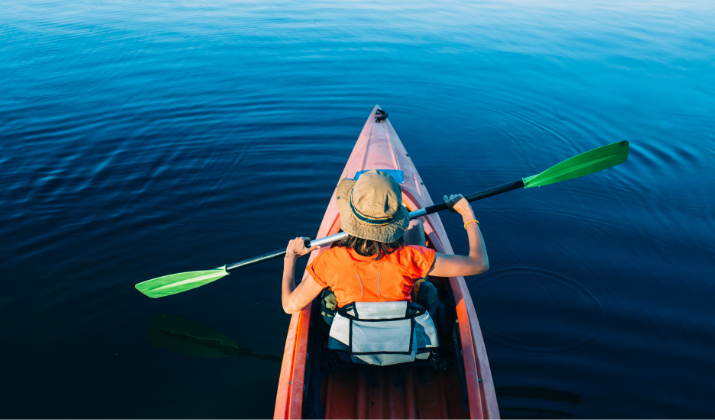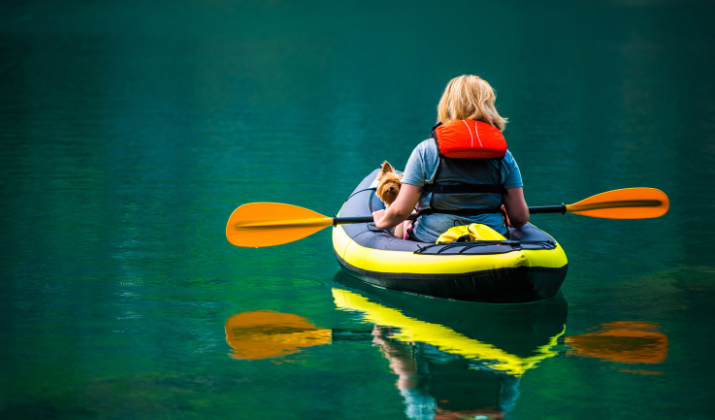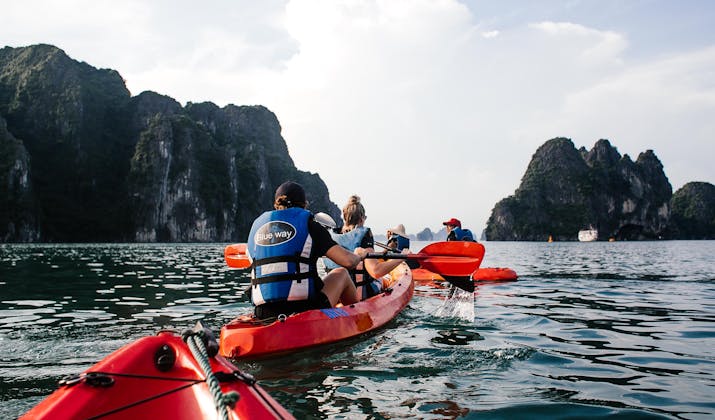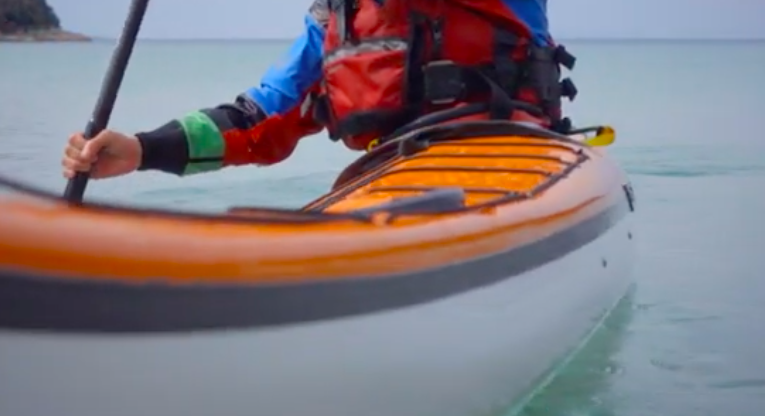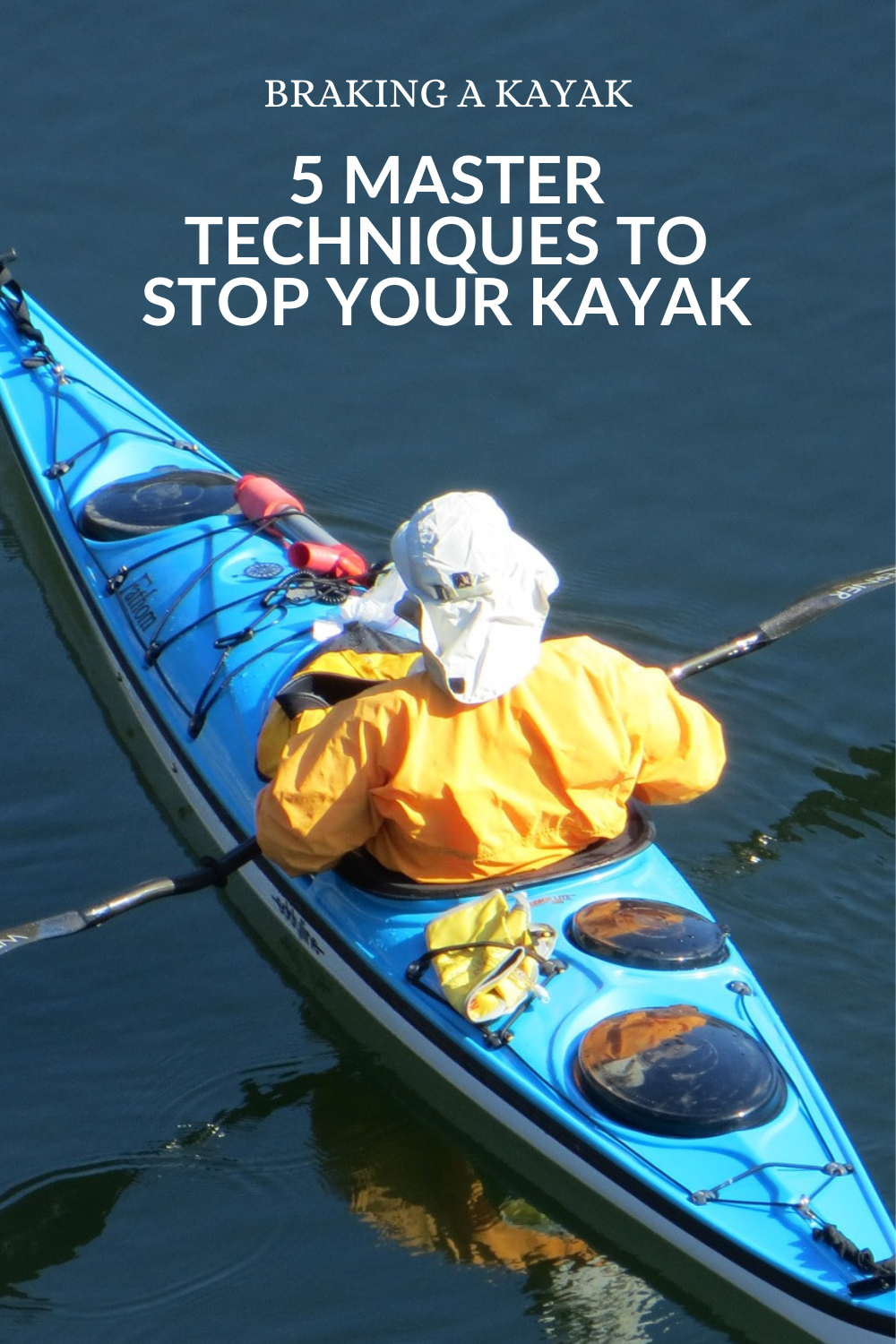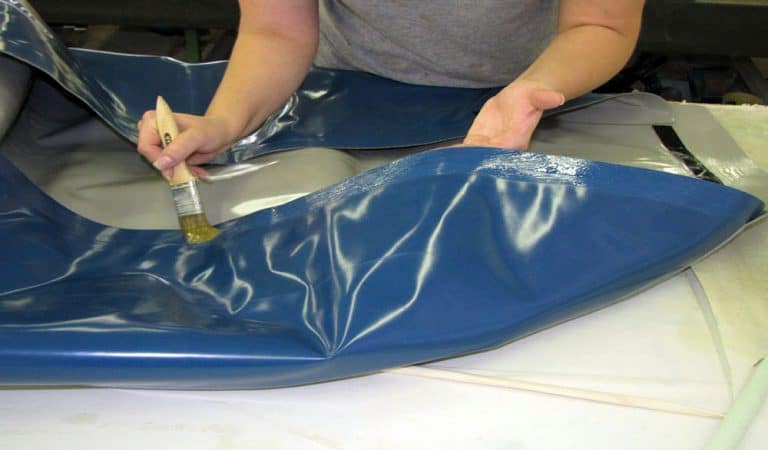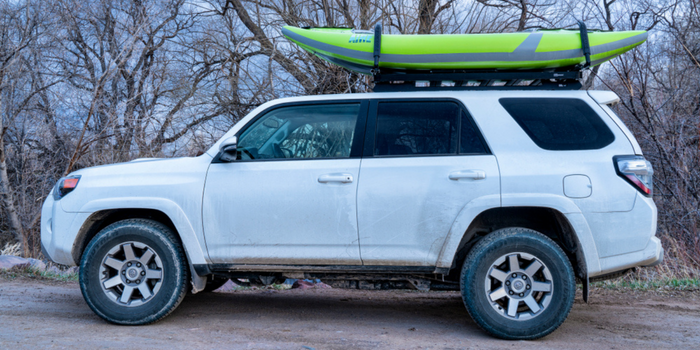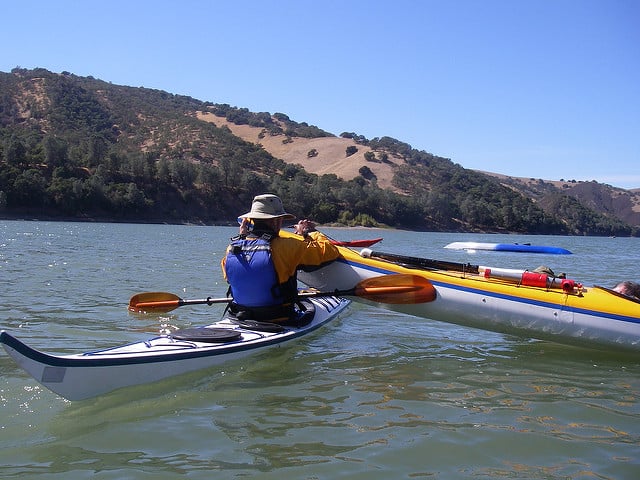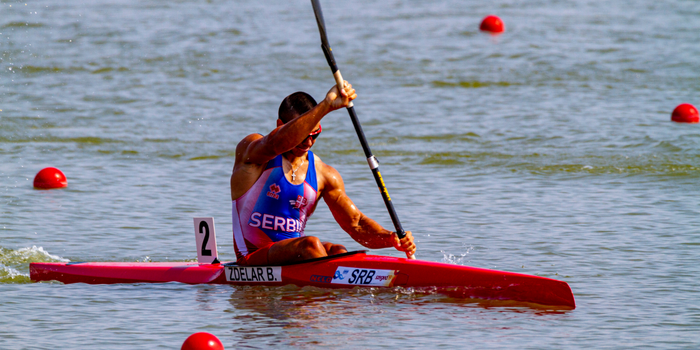Stopping a kayak might seem straightforward at first glance – just stop paddling, right?
But in reality, it’s a nuanced skill that can make the difference between a close call and a capsized kayak.
Whether you’re navigating whitewater rapids, exploring serene lakes, or fishing in coastal waters, mastering the art of stopping is crucial for both safety and control.
Today, we will learn the techniques that will transform you from a passive passenger to a master of kayak control.
From the basic reverse stroke to more advanced methods like the sculling draw, you’ll learn how to bring your kayak to a halt in various situations and water conditions.
By the end of this post, you’ll have the knowledge to stop on a dime, avoid obstacles with precision, and paddle with newfound confidence.
Let’s dive in.
Why is stopping important in kayaking?
Stopping your kayak is more than just a basic skill—it’s a fundamental aspect of kayak control and safety. Efficient stopping allows you to:
- Avoid obstacles and potential collisions
- Position yourself precisely for fishing or photography
- Manage your speed in rapids or strong currents
- Regroup with fellow paddlers
- Respond quickly to emergencies on the water
What are the primary methods for stopping a kayak?
There are several techniques you can use to stop your kayak, each suited to different situations:
- Reverse stroke
- Forward sweep stroke
- Draw stroke
- Sculling draw
- Stern rudder
Let’s discuss each of these methods in detail.
How to stop a kayak using different techniques?
1. Reverse Stroke
The reverse stroke is the most straightforward way to stop your kayak:
- Rotate your torso to face the stern (rear) of your kayak.
- Place the back face of your paddle blade in the water near your hip.
- Push the blade away from you towards the bow (front) of the kayak.
- Repeat on the opposite side if necessary.
This technique works well for gradual stops or when you have some distance to work with.
2. Forward Sweep Stroke
The forward sweep stroke is effective for stopping while maintaining directional control:
- Start with your paddle near the bow of the kayak.
- Sweep the paddle in a wide arc away from the kayak towards the stern.
- Keep the blade fully submerged throughout the stroke.
- Repeat on the opposite side if needed.
This method is particularly useful when you need to stop and turn simultaneously.
3. Draw Stroke
The draw stroke can bring your kayak to a quick stop while also moving it sideways:
- Rotate your torso to face the side of your kayak.
- Extend your arms and place the paddle blade vertically in the water about 2 feet from the side of your kayak.
- Pull the blade straight towards your kayak.
- Just before the blade reaches the kayak, slice it out of the water.
This technique is handy for avoiding obstacles or positioning your kayak precisely.
4. Sculling Draw
The sculling draw is a more advanced technique that combines elements of the draw stroke with a back-and-forth motion:
- Position your paddle vertically in the water, about 2 feet from the side of your kayak.
- Move the blade back and forth in a figure-eight pattern.
- Angle the blade slightly towards the kayak on the forward stroke and away on the backward stroke.
This method allows for fine control and can bring you to a stop while moving sideways.
5. Stern Rudder
The stern rudder is primarily used for steering, but it can also help slow your kayak:
- Reach behind you and place the paddle blade vertically in the water near the stern.
- Use the blade as a rudder, angling it to create drag.
- Adjust the angle of the blade to control your speed and direction.
This technique is particularly useful in moving water or when you need to maintain a specific heading while stopping.
What safety considerations should you keep in mind when stopping?
When practicing stopping techniques, remember:
- Always wear a properly fitted personal flotation device (PFD).
- Be aware of your surroundings, including other boats and obstacles.
- Practice in calm, open water before attempting these techniques in more challenging conditions.
- Maintain proper posture and use your core muscles to avoid strain or injury.
- Be prepared for sudden changes in your kayak’s stability when performing powerful stopping strokes.
Conclusion
In the heat of the moment, knowing how to stop your kayak quickly and safely can be a lifesaver.
By mastering these stopping techniques, you’ll be better equipped to handle unexpected situations and stay in control on the water.
Remember, practice makes perfect – so make sure to incorporate these techniques into your regular paddling routine.
With time and repetition, you’ll be able to stop your kayak with confidence and precision, even in the most challenging conditions.
Stay safe, stay prepared, and stay in control – happy paddling!

